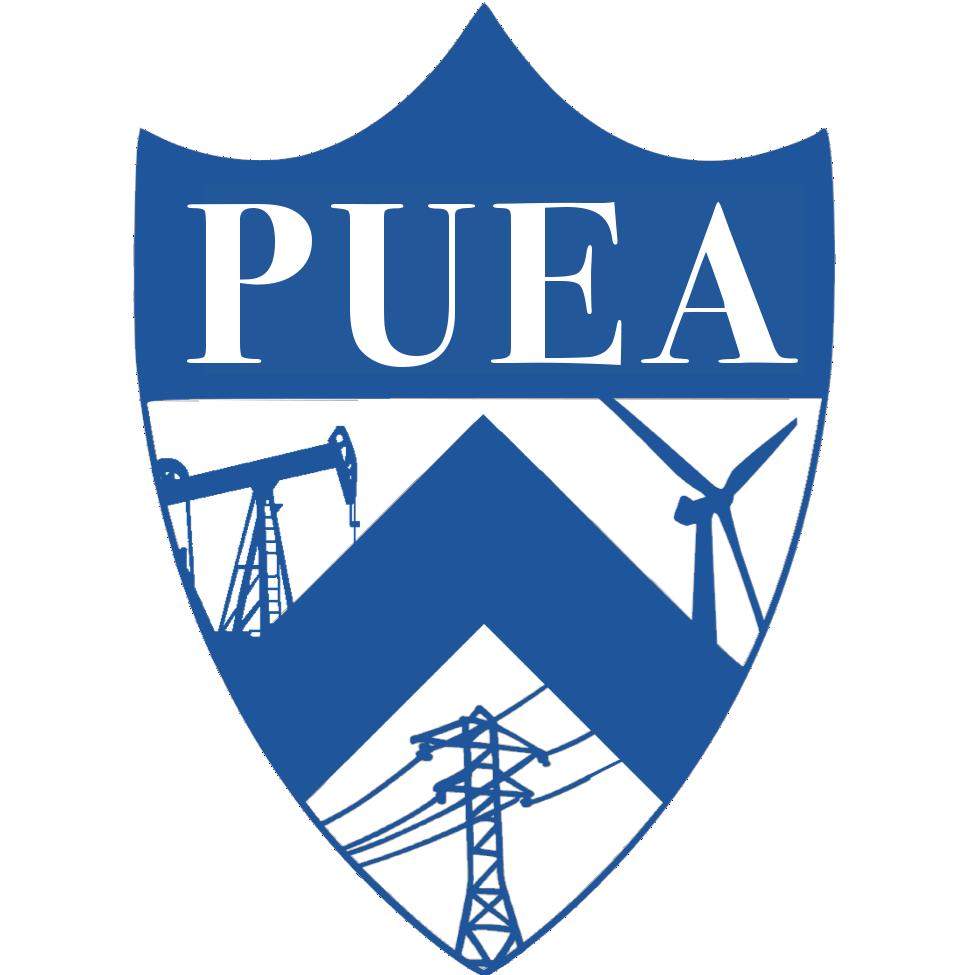Volume 4, Issue 3
October 1, 2017 – October 7, 2017
Jason Mulderrig '18 | Will Atkinson '18 | Anushka Dasgupta '19
Policy:
U.S. Climate Change Policy: Made in California
September 27, 2017 | New York Times | Hiroko Tabuchi
As with its pioneering cap-and-trade program, California is a national leader in reducing vehicle emissions. Due to historical problems with smog, California has a waiver to set its own air pollution standards (apart from the EPA’s). Currently, the state is using that waiver to define its auto emissions rules, which are followed by 12 other states. So even if the government rolls back previous targets (which required the average fuel economy of new vehicles to almost double by 2025), California and others could stand behind the rule, setting up a major court battle. -WA
Fossil Fuels: What's Up in Coal Country: Alternative-Energy Jobs
September 30, 2017 | New York Times | Diane Cardwell
It’s all very well to bash the coal industry, but the fact is that the business of coal extraction supports entire communities, promising steady and well-paying jobs to skilled workers who don’t have college degrees. As the U.S. economy transitions away from coal to energy sources that are more abundant and better for the environment, thousands of these workers have and will continue to lose their jobs. Interestingly, some are finding new opportunities in the renewable energy industry. Jobs in solar panel installation and wind turbine maintenance, for example, require a level of attention to safety and familiarity with equipment that former coal miners have long internalized. Skip to the end of the article for an interesting aside about how the honey business is thriving in West Virginia. -AD
Grid: India unveils $2.5 billion plan to electrify all households by end 2018
September 26, 2017 | Reuters | Reuters Staff
Narendra Modi, India’s prime minister, launched a $2.5 billion project to electrify all of the remaining households in India that are currently not hooked up to the grid. This amounts to about 300 million households in India that are set to be electrified. The project aims to cut down gas use (such as kerosene) in India. However, some challenges remain for this project: electricity remains difficult to provide in extremely remote villages, and several power distribution companies in India are currently debt-riddled. -JPM
‘Price carbon’ or ‘leave us alone’: No easy answers for PJM
September 29, 2017 | E&E News | Jeffrey Tomich
These markedly different opinions came from energy officials in a recent Ohio conference. Some debated whether natural gas penetration is beneficial, while others discussed how to implement carbon pricing when some states are against it. The PJM grid, which stretches from Illinois to North Carolina, is currently trying unify a diverse array of state rules, but requires consensus from its 13 states. This fragmentation could play out elsewhere, given the disparate motivations of different national and state-level authorities. -WA
Puerto Rico’s Devastated Electric Grid Could Be a Big Opportunity for Renewable Energy
September 29, 2017 | TIME | Justin Worland
Puerto Ricans have had to deal with frequent power outages and high energy costs for years. After Hurricane Maria, however, Puerto Rico’s entire electric grid needs to be rebuilt. While the priority is to get power back to everyone on the island one way or the other, this does present an opportunity for Puerto Rico to reimagine its electric grid. Implementing microgrids, so that energy is generated by small plants, solar fields, or wind farms on-site, is one good solution. Streamlining the process of importing natural gas is another. Unfortunately, Congress has been slow to approve large funding packages, particularly for renewables, for Puerto Rico in the past. On top of this, Energy Secretary Rick Perry is pushing for the construction of nuclear plants on the island instead. -AD
Other:
Could Evaporation Be a Significant Source of Renewable Energy?
September 28, 2017 | YaleEnvironment360 | Diane Toomey
In 2015, Columbia biophysicist Ozgur Shain developed a device that uses variations in humidity level to produce mechanical force. Larger iterations of such a device placed over a standing body of water, like a lake or a reservoir, could be connected to a generator that produces electricity from the evaporation of the surface water. This technology would be most efficient in dry environments, which enhance evaporation rate. One drawback to this technology is the sacrifice of the water’s surface to various human activities such as fishing or boating. The Shain Lab is now developing a tabletop version of the device before creating a prototype. -JPM

